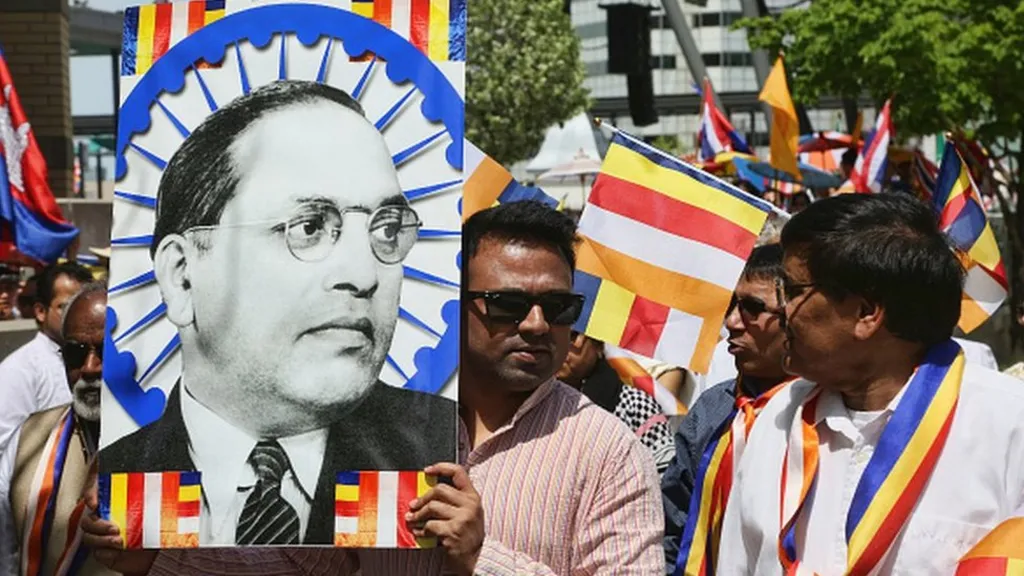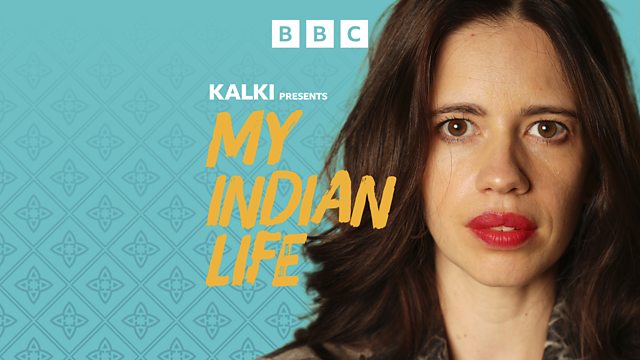
"Calls to outlaw discrimination based on caste, a division of people based on birth or descent, have grown louder among South Asian diaspora communities in the United States. But the movement has been getting pushback from some Hindu Americans who argue that such legislation maligns a specific community."

"Dutt knew they weren't just pretending to be rich to show off. They were aiming to have an "upper caste aura" so no one would guess who they really were — Dalits."

"Ambedkar once quoted, 'If Hindus migrate to other regions on earth, Indian caste would become a world problem.' That is precisely what is happening now in the United States," Rama Krishna Bhupathi of the US-based civil rights group Ambedkar International Center told the BBC."

"Race" is often used as a fundamental way to understand American history. But what if "caste" is the more appropriate lens? In conversation with Pulitzer Prize winner Isabel Wilkerson, we examine the hidden system that has shaped our country.

Meet a man refusing to fit in with an ancient class hierarchy. From the bottom of the caste system to fighting for a more equal society - Listen to Bollywood Star, Kalki, interview Dalit activist Rahul Sonpimple. (from September 2018.)

In 2023, California was poised to become the first state to outlaw discrimination based on a person’s caste. This podcast was recorded before Governor Newsom vetoed the legislation.
Definition from the Open Education Sociology Dictionary:
Definition from the APA Dictionary of Psychology:
Definition from the Social Work Dictionary:
Why do social workers need to understand caste-related issues?
Caste, a system of social stratification based on birth, occupation, and social status, is deeply entrenched in many societies, particularly in South Asia, and profoundly influences access to resources, opportunities, and power. Caste systems often impose rigid social roles, leading to discrimination, marginalization, and exclusion, particularly for those in lower castes or "untouchable" groups. These dynamics intersect with other forms of oppression, such as class, gender, and religion, creating compounded inequities that perpetuate cycles of poverty, limited educational access, and poor health outcomes. Although caste is most commonly associated with India and Nepal, caste-based hierarchies and discrimination also exist in other parts of the world, including diaspora communities. Social workers must understand how caste, alongside class and other identities, impacts clients' lived experiences, particularly in communities affected by caste-based stigma. This knowledge is essential for dismantling caste-based discrimination, advocating for social justice and equality, and providing culturally competent services that affirm the dignity and rights of individuals, regardless of their caste status.
Additional Resources
 The design of this page was adapted in part from Research: By Course, Subject, or Topic, by University of Arizona Libraries, © 2020 The Arizona Board of Regents on behalf of The University of Arizona, licensed under a Creative Commons Attribution 4.0 International License.
The design of this page was adapted in part from Research: By Course, Subject, or Topic, by University of Arizona Libraries, © 2020 The Arizona Board of Regents on behalf of The University of Arizona, licensed under a Creative Commons Attribution 4.0 International License.
